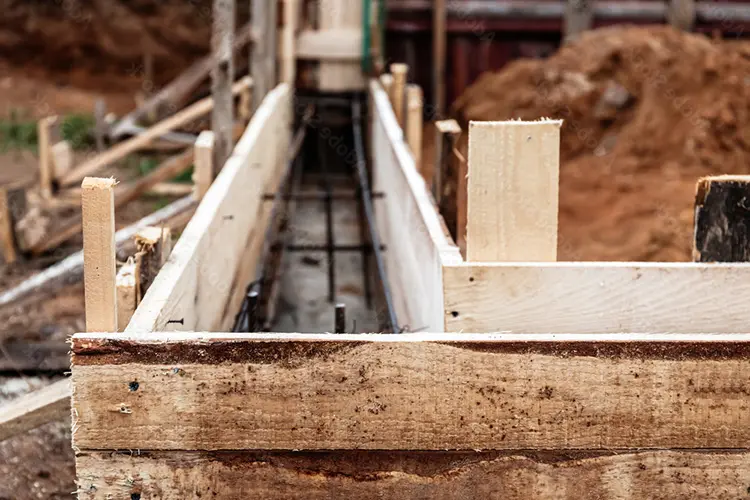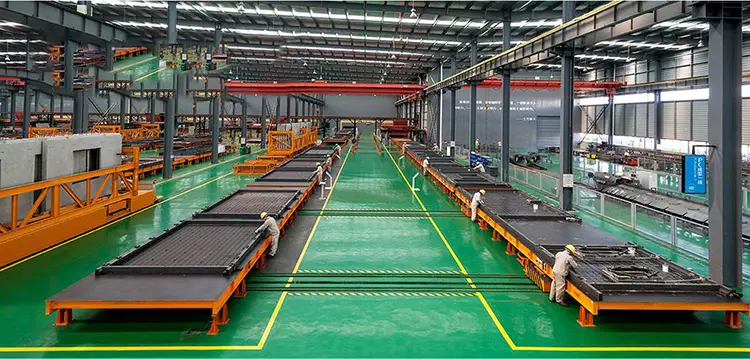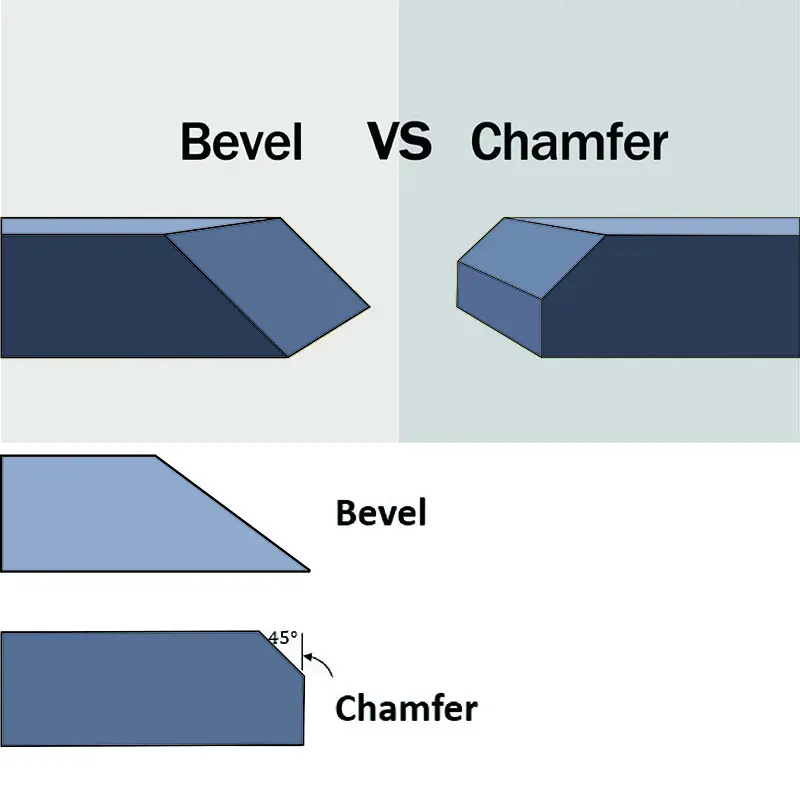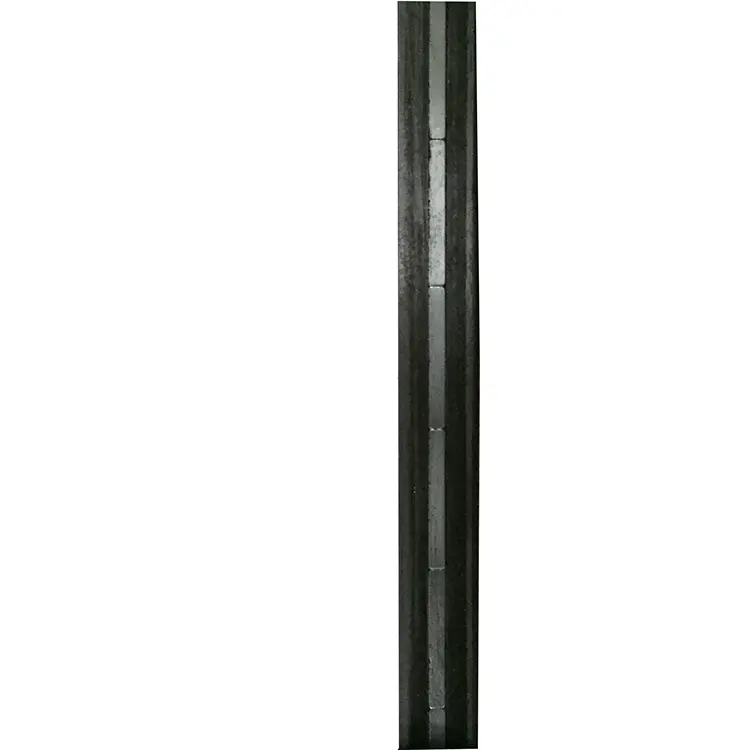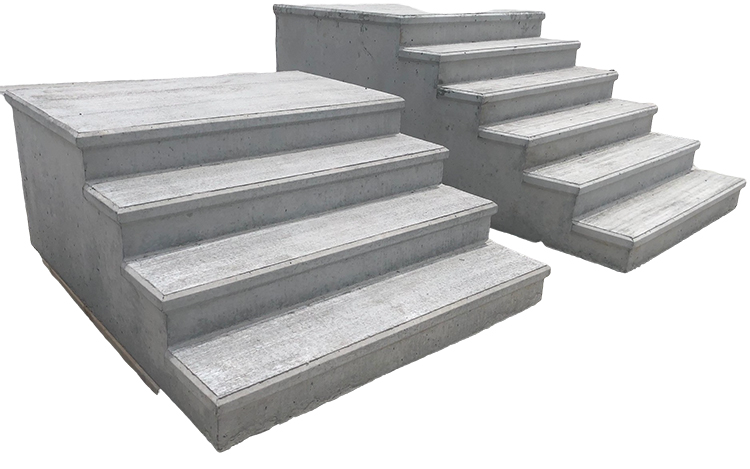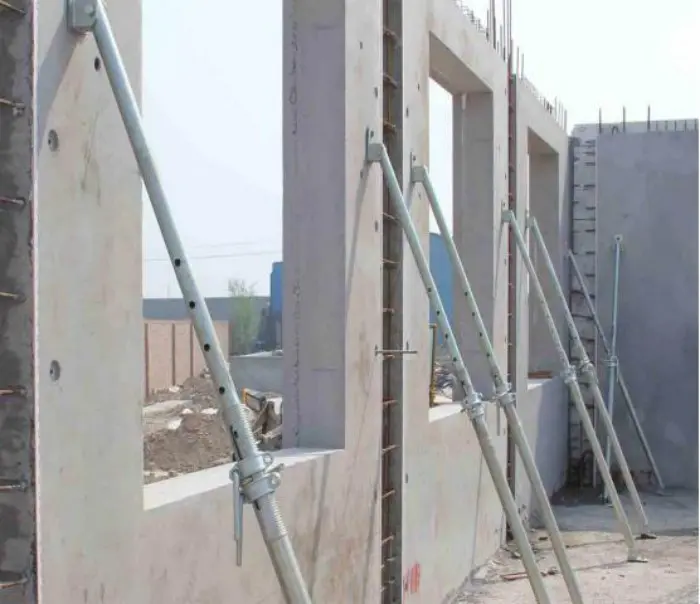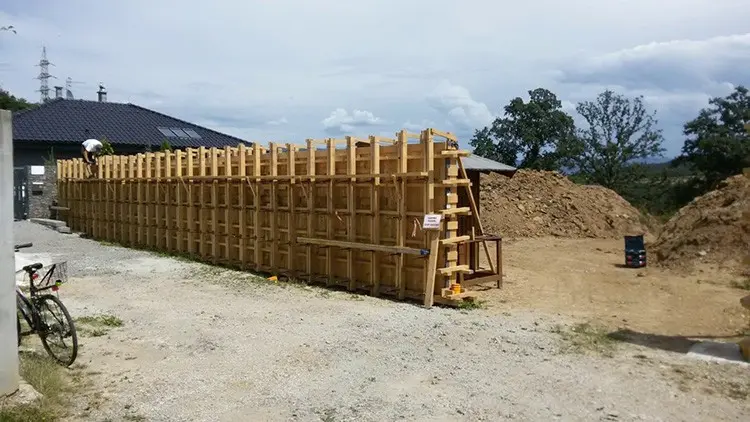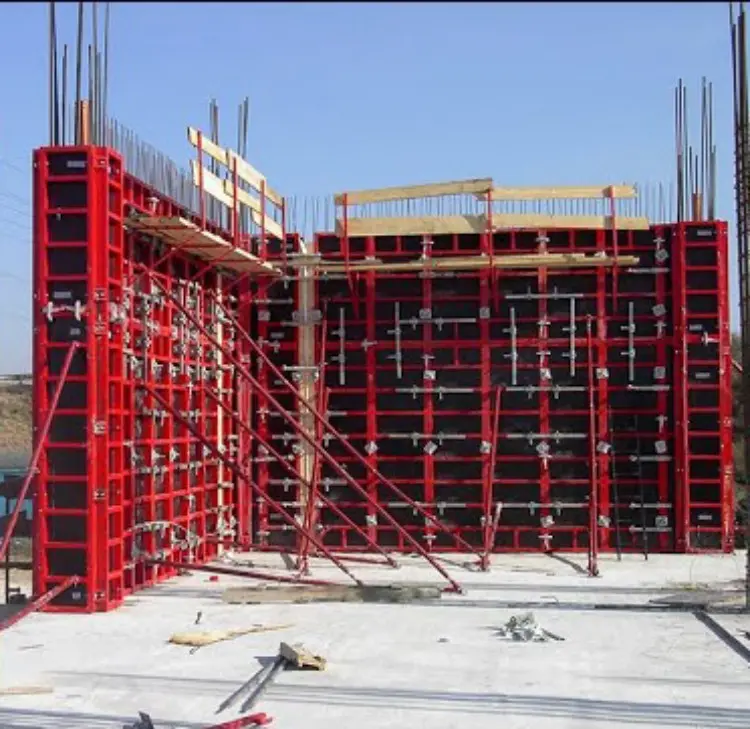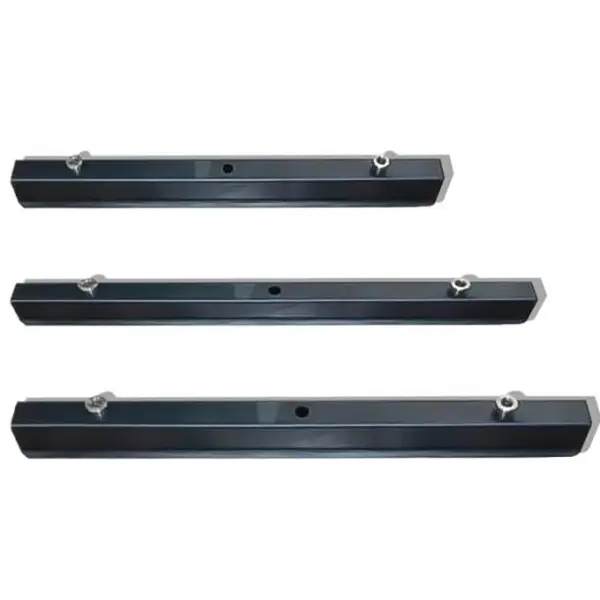What to use for concrete formwork?
After 15 years of wrestling with concrete from Texas to Toronto, I’ve learned one truth: your formwork choices make or break a pour. Last month, a commercial build in Chicago had us sweating over curved facade panels—until we switched to FRP forms. The result? A butter-smooth finish that saved $12k in grinding costs. Let me walk you through the real-world hacks I wish I’d known as a rookie.
Materials: What Works (And What’ll Haunt Your Nightmares)
1. Plywood: The OG Workhorse
- That suburban driveway job? We used 3/4" BCX plywood sealed with diesel (yes, diesel—it’s cheaper than commercial release agents). Pro tip: Buy once, reuse 6-8 times by flipping sheets between pours. Just avoid MDF core—I learned the hard way when a Miami rainstorm turned $800 worth of panels into soggy cereal boxes.
- For framing, stick with kiln-dried SPF 2x4s. That batch warped less than 1/8" over 40ft—critical when you’re chasing Level 5 finishes.
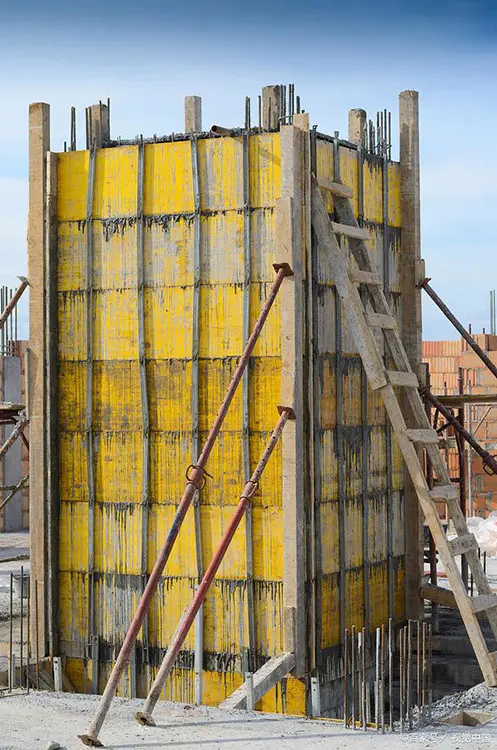
2. Steel: When OSHA’s Watching
- On a Denver high-rise, we leased Symons steel-ply forms for 200+ column pours. At $3.50/sqft/week, it hurt… until we clocked 15-minute cycle times. Bonus: No more splinter-induced first aid runs.
- Tried Aluma-Frame systems last fall—their interlocking corners are genius. Built a 12’ retaining wall form in 2 hours flat.
3. Plastic: DIYer’s Best Friend
- My go-to for basement walls: Polytek’s ABS panels. Light enough for two guys to handle, and that textured finish hides minor imperfections. Just don’t leave them in direct sun—we had a Texas job where warped panels gave us “abstract art” concrete.
4. FRP: The Shape-Shifter
- That spiraling museum staircase in Boston? Custom FRP forms from FormTech Solutionssaved 120 labor hours. At $85/sqft, they’re pricey—but cheaper than hand-carving foam molds.
Tools That’ll Make You Look Like a Wizard
1. Magnetic Shuttering: Bye-Bye, Drill Bits
- Switched to QCMMagnets after a hospital job banned penetrations (those MRI machines are divas). These Neodymium beasts hold 600 lbs—we suspended rebar cages with them!
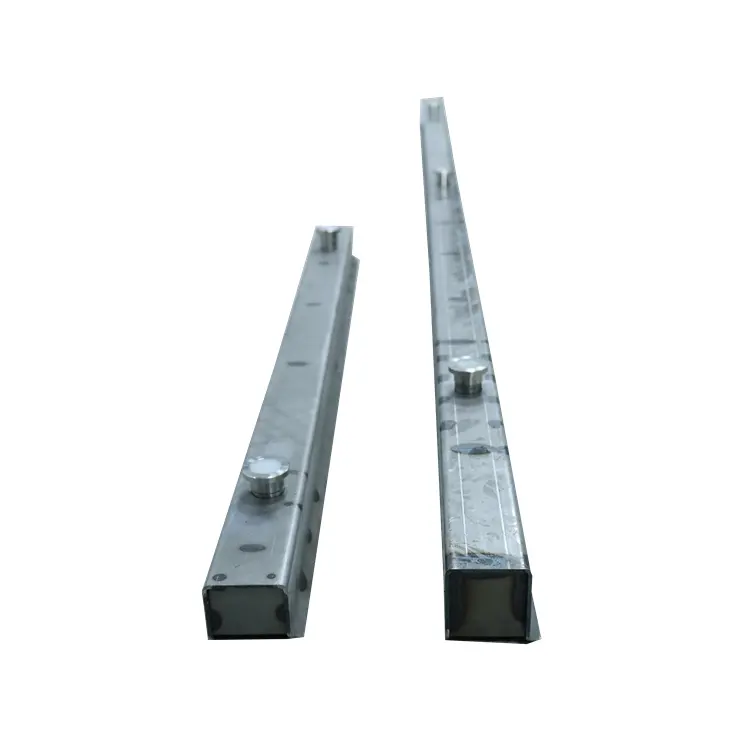
2. Bracing Like Your Life Depends On It (It Does)
- My rule: For every vertical foot of pour, use 1.5x that in diagonal bracing. Aluminum walers + 2x4 kickers saved us during a 10’ waterfall wall pour.
3. Sealants: Where Cheap = Expensive
- Tried saving $50 using generic backer rod on a luxury pool… ended up chasing honeycombing for days. Now it’s SikaFlex Proor nothing.
Cost-Slashing combos I’d Bet My License On
|
Project Type |
Smart Combo |
Cost/Sqft |
Reuse Count |
|
Tract Homes |
Plywood faces + Aluminum frames |
$1.80 |
12 |
|
Parking Garages |
Gang forms + Ratchet clamps |
$4.20 |
50+ |
|
Custom Resi |
FRP inserts + Hybrid system |
$18 |
8 |
|
Fast-Track Commercial |
Jump form + Hydraulic lifters |
$9 |
100+ |
3 Mistakes That’ll Get You Fired
Reusing Warped Lumber
That "slightly bent" 2x6 cost me $7k in wavy foundation walls. Now every stick gets checked with a 6’ level before cutting.
Ignoring Form Release
“It’ll peel off” they said. Cue 4 hours chiseling concrete off steel pans. Dawn soap works in a pinch—just don’t tell the supplier.
Over-Torquing Clamps
Snapped a $150 Bessey clamp overtightening… and the blowout still happened. Torque wrench = worth every penny.
Final Word: It’s All About the Prep**
Last week’s warehouse slab proves it: We spent 3 days prepping forms for a 4-hour pour. Result? Zero touch-ups. Whether you’re using $2 plywood or aerospace-grade aluminum, remember—concrete doesn’t forgive.
Got a formwork horror story or miracle fix? Drop it below. And if you spot me at World of Concrete, first round’s on me!

